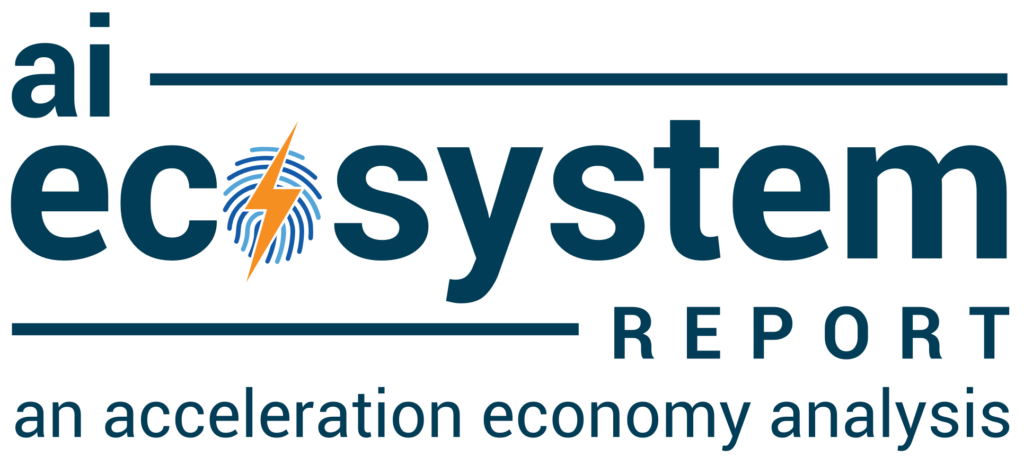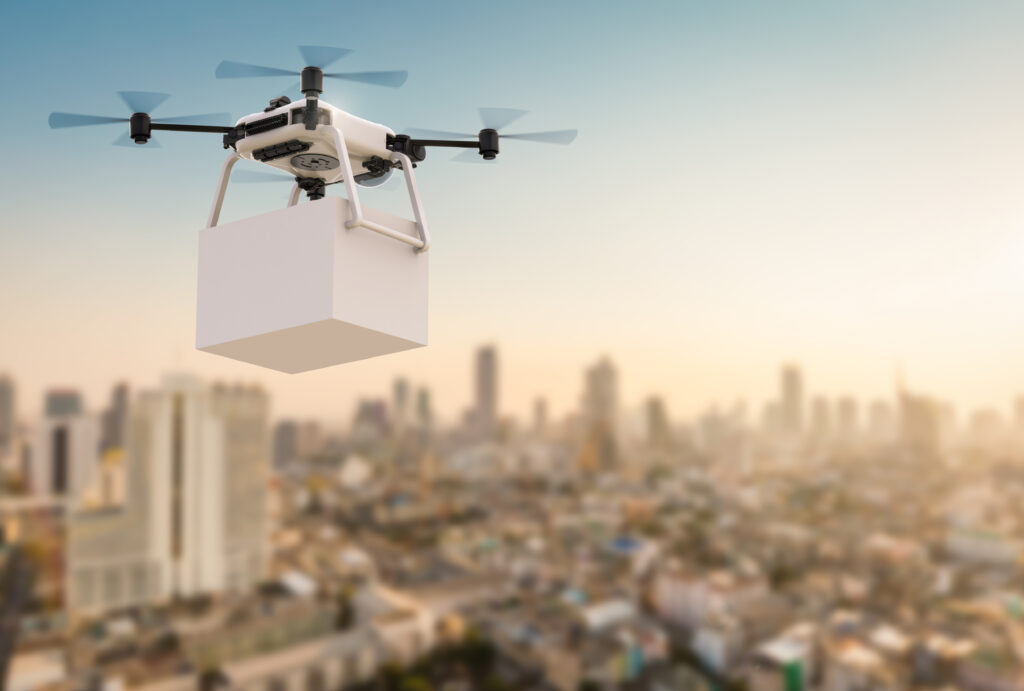
The use of Uncrewed Aircraft Vehicles (UAVs), commonly known as drones, is poised to provide the next round of process improvement opportunities in supply chains. Fortune Business Insights estimates that the commercial drone market will reach $47 billion by 2029.
Recognizing future demand, the FAA began the Unmanned Aircraft Systems Collegiate Training Initiative four years ago with 26 schools in its initial cohort. When my alma mater, Rutgers School of Engineering, began to replace aging buildings, the first structure completed included space for developing and testing drones. Professors and students are working on UAV design, materials, flight control, optimization, and reaction to turbulence – these many streams of study focus on the safe operation of drones.
Even UNICEF, the United Nations International Children’s Emergency Fund, recognizes opportunities with drones. UNICEF provides technical support to partners and governments in strengthening their supply chains and has created guidance to help its supply chain partners implement drones. Their focus is on the delivery of small cargo for health and emergency purposes and to help extend the reach of the supply chain to communities and health centers across the globe that are in access-constrained areas or facing emergency situations.
So, what do you need to know about drones in the supply chain?
Last Mile Delivery
Amazon, DHL, and Walmart have all announced programs to launch drone delivery services. Walmart is using UAV devices in seven states to deliver selected medications, groceries, and household items. Amazon is operating PrimeAir in two states. But UAV delivery is full of obstacles that, right now, are precluding it from becoming an effective model for standard “last mile” delivery.
A McKinsey study found the cost of delivering a single package via drone is $13.50 which is higher than every other form of delivery modeled. There are weight and size limitations to the loads that a drone can carry. Furthermore, the FAA has enacted strict guidelines on the use of drones which include the requirement that a remote pilot be present. Drones cannot be operated from a moving vehicle. And UAVs cannot be used across state lines.
Drones struggle to navigate urban environments. Goods can be delivered only in open areas that allow the drones to take off and land. This increases the risk of package theft. Although, theoretically, a business may want to employ drones for use in harsh weather conditions, practically speaking, their small size and weight precludes their use in those situations.
According to the McKinsey study, in order for use cases to expand from rural or hazardous to standard delivery conditions, both technology and regulation must advance enough to allow drones to “…fly with limited human intervention (as many as 20 drones per operator), unmanned traffic management systems, and sense-and-avoid solutions”.

The AI Ecosystem Q1 2024 Report compiles the innovations, funding, and products highlighted in AI Ecosystem Reports from the first quarter of 2024. Download now for perspectives on the companies, investments, innovations, and solutions shaping the future of AI.
Warehousing and Inventory Management
Carnegie-Mellon University spinoff Gather AI has raised $17 million in a Series-A investment round. Gather AI’s software platform takes scans from drones and translates them into inventory information that can be viewed by warehouse managers in real time. “We’re already seeing the positive impact of Gather AI on customers spanning third-party logistics, retail, food and beverage, and manufacturing,” said founder and CEO Sankalp Arora. “AI-powered cameras will transform supply-chain traceability to have a similar impact that barcodes did in the 1980s, and our technology is at the forefront of this transformation.”
Those who have worked in warehouses know that inventory management run by humans is fraught with error. Drones with sensing technology interpreted by AI represent a speed and accuracy improvement over a person counting pallets who will typically be straining to capture barcodes on items stored on the higher racks.
Risk Management
Using drones for hazard identification can be a solid component of a risk management strategy. Equipped with cameras and sensors, drones can inspect items that are placed high in warehouse storage positions. Drones can inspect hazardous areas and hard-to-reach spaces on wind turbines and powerlines. With the right kind of equipment, they can monitor environmental factors such as temperature and humidity. Inspections can be conducted more quickly and accurately, flagging potential problems before they impact commitments to customers.
As the costs to implement come down and devices become more sophisticated, drones offer an opportunity to increase warehouse density, improve inspection, and enhance security capabilities. The big prize, however, is with delivery. The FAA isn’t going to allow hoards of drones to zip haphazardly around the sky above our homes, dropping packages onto the sidewalks. But there is enough opportunity in the delivery and logistics market that someone will figure out how to overcome the current constraints and make drone delivery both cost-effective and safe.
Ask Cloud Wars AI Agent about this analysis










